Filter by

Enduring Encounters: Maps of Japan from Leiden University Library
While Asian and Western cartographies are often considered separate traditions, maps of Japan kept in Leiden University Libraries often show a commonality of method and purpose. Despite the expulsion of Phillip Franz von Siebold from Japan in 1829, the norm was for friendly exchanges of scientific knowledge. One of the highlights of this volume are annotated drafts and proofs of Siebold’s map…
- Edition
- -
- ISBN/ISSN
- 978-90-04-42469-2
- Collation
- oer.unej.ac.id
- Series Title
- -
- Call Number
- -
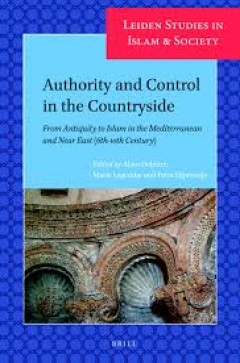
Authority and Control in the Countryside: From Antiquity to Islam in the Medi…
Authority and Control in the Countryside looks at the economic, religious, political and cultural instruments that local and regional powers in the late antique to early medieval Mediterranean and Near East used to manage their rural hinterlands. Measures of direct control – land ownership, judicial systems, garrisons and fortifications, religious and administrative appointments, taxes and re…
- Edition
- Volume: 9
- ISBN/ISSN
- 978-90-04-38654-9
- Collation
- -
- Series Title
- -
- Call Number
- -
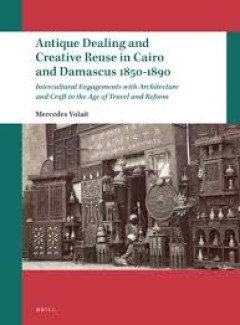
Antique Dealing and Creative Reuse in Cairo and Damascus 1850-1890: Intercult…
The commodification of Islamic antiques intensified in the late Ottoman Empire, an age of domestic reform and increased European interference following the Tanzimat (reorganisation) of 1839. Mercedes Volait examines the social life of typical objects moving from Cairo and Damascus to Paris, London, and beyond, uncovers the range of agencies and subjectivities involved in the trade of architectu…
- Edition
- Volume: 12
- ISBN/ISSN
- 9789004449886
- Collation
- -
- Series Title
- -
- Call Number
- -

Amulets and Talismans of the Middle East and North Africa in Context; Transmi…
In this volume amulets and talismans are studied within a broader system of meaning that shapes how they were manufactured, activated and used in different networks. Text, material features and the environments in which these artifacts circulated, are studied alongside each other, resulting in an innovative approach to understand the many different functions these objects could fulfil in pre-mo…
- Edition
- Volume: 13
- ISBN/ISSN
- 9789004471481
- Collation
- -
- Series Title
- -
- Call Number
- -
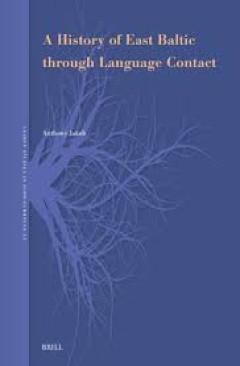
A History of East Baltic through Language Contact
The East Baltic languages are well known for their conservative phonology as compared to other Indo-European languages, which has led to a stereotype that the Balts developed in isolation without much contact with other speech communities. This book challenges that view, taking a deep dive into the East Baltic lexicon and peeling away the layers of prehistoric borrowings in the process. As well…
- Edition
- Volume: 24
- ISBN/ISSN
- 9789004686472
- Collation
- -
- Series Title
- -
- Call Number
- -
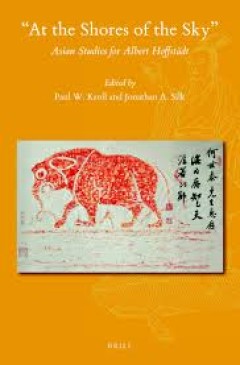
"At the Shores of the Sky; Asian Studies for Albert Hoffstädt
Albert Hoffstädt, a classicist by training and polylingual humanist by disposition, has for 25 years been the editor chiefly responsible for the development and acquisition of manuscripts in Asian Studies for Brill. During that time he has shepherded over 700 books into print and has distinguished himself as a figure of exceptional discernment and insight in academic publishing. He has also be…
- Edition
- Volume: 151
- ISBN/ISSN
- 978-90-04-43820-0
- Collation
- -
- Series Title
- -
- Call Number
- -
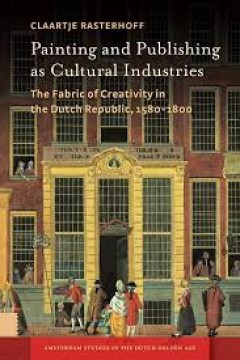
Painting and Publishing as Cultural Industries
The Dutch Republic was a cultural powerhouse in the modern era, producing lasting masterpieces in painting and publishing-and in the process transforming those fields from modest trades to booming industries. This book asks the question of how such a small nation could become such a major player in those fields. Claartje Rasterhoff shows how industrial organisations played a role in shaping pat…
- Edition
- -
- ISBN/ISSN
- 9789089647023
- Collation
- -
- Series Title
- -
- Call Number
- -
 Computer Science, Information & General Works
Computer Science, Information & General Works  Philosophy & Psychology
Philosophy & Psychology  Religion
Religion  Social Sciences
Social Sciences  Language
Language  Pure Science
Pure Science  Applied Sciences
Applied Sciences  Art & Recreation
Art & Recreation  Literature
Literature  History & Geography
History & Geography